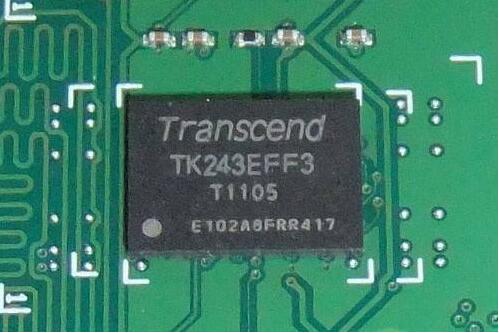Whenever we discuss data, remember that people have been collecting data for a long time, verifying it, and converting it into reports. Moreover, if the data is collected and the process is automatically changed, people will still interpret and verify the accuracy of the data, create reports, make recommendations, solve problems, make adjustments, improvements and innovations. No matter what data collection system is used, any work that will be digitized needs to participate in the PCB factory and enhance the capabilities of the production team. Their role is to participate in the PCB manufacturing process, but also to act as the front line of communication and control.
When operations do not perform as expected, they need to be able to:
Act as the first line of problem control so that they can minimize the impact of the problem on the final product or process by solving the problem in real time and taking corrective actions.
In higher-level incidents, when the project is transferred to the work unit, they can act as intelligence collectors, so that they can spend less time on data collection, and spend more time on redesigning to eliminate the root cause, Thereby eliminating the possibility of any undesired situation reappearing.

To help your PCB factory take the next step in the digital journey, in this book, we will study some of the major obstacles your team faces when collecting manufacturing data. These obstacles will be very important not only for improving the process but also for improving the production process. it works. It is also used to improve material and supply chain management, track the source of problems and defective or counterfeit parts, and provide trend analysis for business forecasts and reports. We will explore the challenges of collecting good data and where to collect data that is meaningful to the factory and improving the business. In Chapter 2, we will examine the reasons that make data smart, which means the difference between data itself and analysis. In Chapter 3, we will introduce how to distribute data from the underlying infrastructure for external use. We will also detail some of the tools available today that can help you put these principles into practice and see a real example of how companies can benefit from making good use of their data through analysis.
The requirements for the quality and reliability of PCB products have prompted an ever-increasing demand for meaningful analysis in the PCB manufacturing industry. With the increasing demand from quality-sensitive industries such as aerospace, automobiles, smartphones, and medical care, PCB manufacturers need to ensure that their factories operate normally. Just analyzing the data is not enough. Company managers need to use analytics to create knowledge that can have a positive impact on manufacturing.
Now, as the Internet of Things (IoT) technology enters the manufacturing world, factory managers can use big data analysis to take their efficiency and waste reduction efforts to the next stage. Advanced big data analysis can help electronics manufacturers cope with the huge volume and complex production activities that affect output, and provide sophisticated methods for diagnosing and correcting process defects.
Advanced analysis refers to the application of statistical data and other mathematical tools to business data to evaluate and improve practices. In the manufacturing industry, operations managers can use advanced analytics to study historical process data in depth, determine the patterns and relationships between discrete process steps and inputs, and then optimize the factors that prove to have the greatest impact on output.
As IoT applications continue to collect a large amount of real-time shop floor data, what the PCB electronics manufacturing industry now needs is an analysis solution that can aggregate these isolated data sets and analyze them to reveal important insights. These insights can be used to make better decisions and ultimately reduce costs and waste.